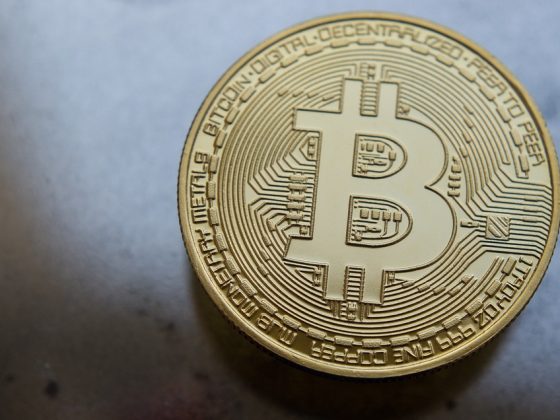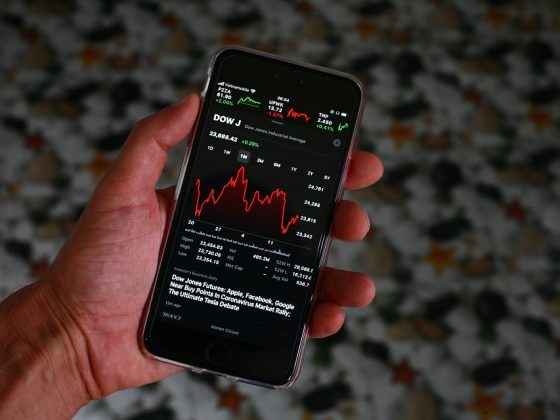Communication and connectivity have always been integral parts of our lives, but with advancements in technology, these aspects have only been enhanced. The latest technology set to revolutionize the way we communicate and connect with each other is 5G. 5G technology promises faster speeds, lower latency, and greater capacity than its predecessor, 4G. This means that we can expect smoother streaming, quicker downloads, and improved overall connectivity. But what exactly does this mean for us? Let's delve deeper into the impact of 5G technology on communication and connectivity.
One of the most significant impacts of 5G technology on communication is the increased speed and bandwidth it offers. With 5G, downloading a movie could take seconds rather than minutes, and streaming high-quality videos or online gaming will be significantly smoother. This increased speed will also benefit businesses, allowing for faster data transfer, more efficient video conferencing, and better overall productivity. Faster speeds will also pave the way for new technologies such as virtual reality and augmented reality to become more mainstream, enhancing our communication experiences even further.
In addition to speed, 5G technology promises lower latency, meaning less delay in sending and receiving data. This lower latency is crucial for applications such as autonomous vehicles and remote surgery, where real-time communication is essential. With 5G, delays will be so minimal that we can expect a whole new level of connectivity and synchronization across devices and applications. This will make tasks more efficient, improve response times, and enhance overall user experience.
Furthermore, 5G technology boasts greater capacity than 4G, meaning more devices can connect to the network simultaneously without compromising speed or performance. This is particularly beneficial in densely populated areas or at events where multiple devices are connected to the network at the same time. With 5G, we can expect a more seamless and consistent connection regardless of how many devices are trying to access the network.
Another impact of 5G technology on communication and connectivity is its potential to bridge the digital divide. In remote or underserved areas where access to high-speed internet is limited, 5G can provide a solution. By expanding coverage and improving connectivity, 5G can help bring internet access to more people, opening up opportunities for education, healthcare, and economic development. This has the potential to create a more connected and inclusive society where everyone has access to the benefits of high-speed internet.
Overall, the impact of 5G technology on communication and connectivity is vast and far-reaching. From faster speeds and lower latency to greater capacity and bridging the digital divide, 5G technology has the potential to revolutionize the way we communicate and connect with each other. As we move into the era of 5G, the possibilities are endless, and the benefits are immense.
**FAQs about 5G Technology:
Q: When will 5G technology be widely available to the public?
A: 5G technology is already being rolled out in many countries around the world, with some areas already having access to 5G networks. However, it may take a few more years for 5G to be widely available and accessible to the general public.
Q: Will I need to purchase a new device to access 5G?
A: Yes, in order to access 5G networks, you will need a 5G-compatible device. Many new smartphones, tablets, and other devices are now being released with 5G capabilities, but older devices may not be compatible with 5G.
Q: Are there any health concerns associated with 5G technology?
A: There have been some concerns raised about the potential health effects of 5G technology due to the higher frequency bands used. However, numerous studies have been conducted, and regulatory bodies have determined that 5G technology is safe for use.
Q: How will 5G technology impact the Internet of Things (IoT)?
A: 5G technology is expected to greatly benefit the Internet of Things by providing faster and more reliable connectivity for a wide range of smart devices. This will enable more efficient communication between devices, leading to greater automation and innovation in various industries.
Q: What are some potential challenges of implementing 5G technology?
A: While 5G technology offers many benefits, there are some challenges that need to be addressed, such as infrastructure upgrades, spectrum availability, and security concerns. These challenges will need to be overcome to ensure the successful implementation of 5G technology.











